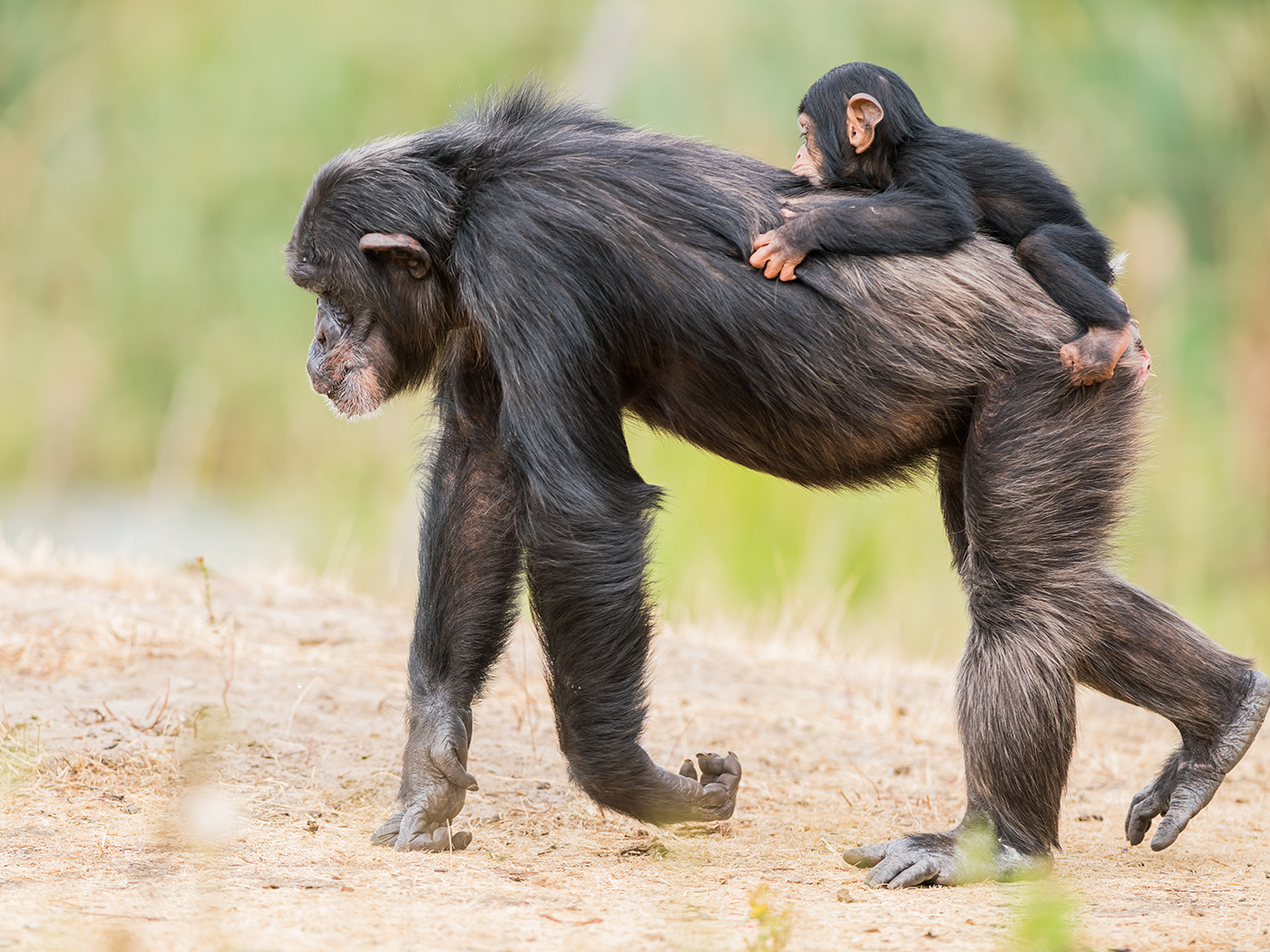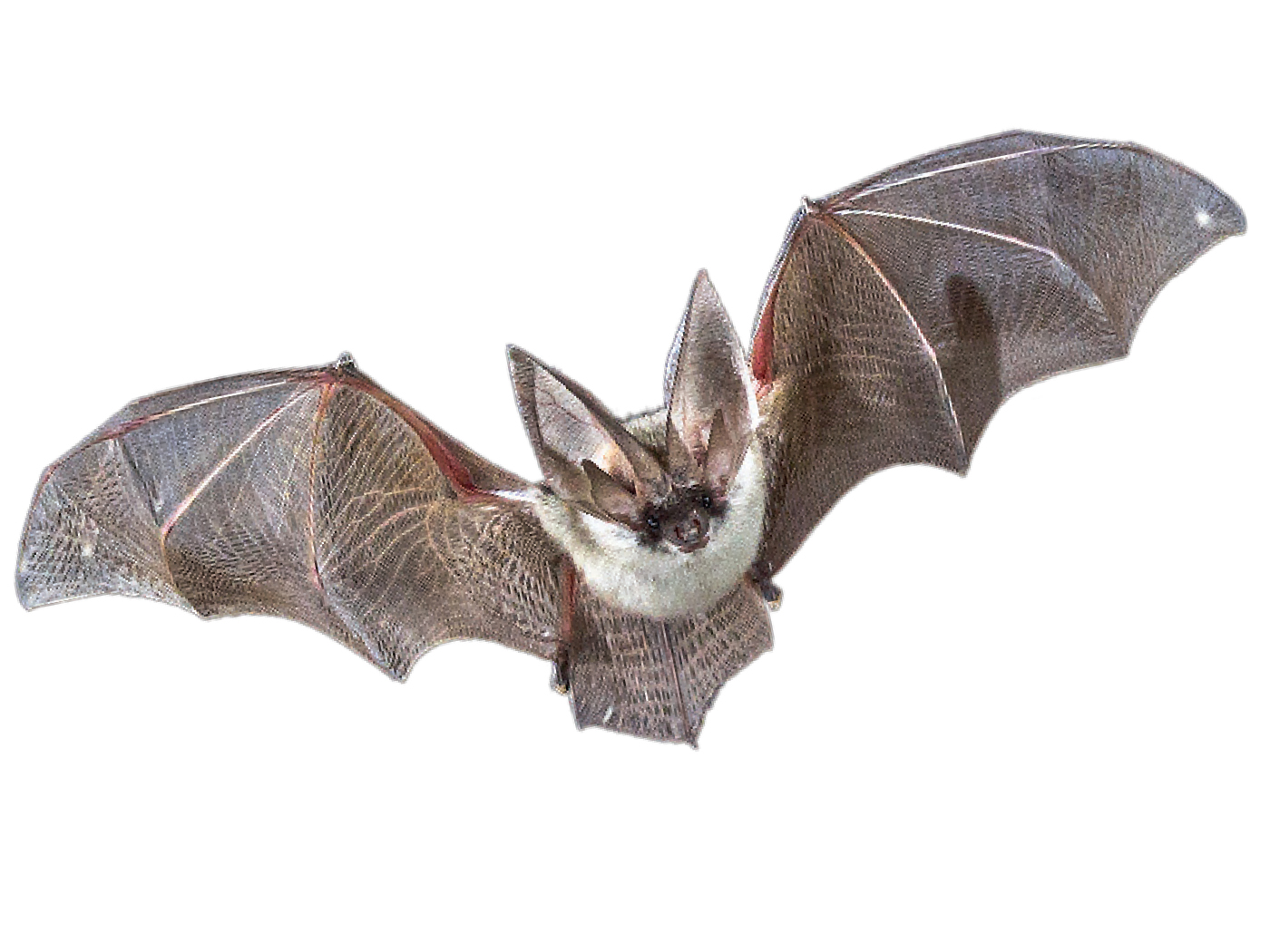What was the earth's atmosphere like when ancient rocks were forming? Was it cold and thin because the sun was supposedly dimmer back then?
Researcher Sanjoy Som tried to answer these questions by analyzing tiny craters in South Africa that were left by raindrops landing in volcanic ash, which has long since turned to stone. However, his research actually indicated that the earth and its atmosphere aren't very old at all.
Som, now at the NASA Ames Research Center, began investigating the raindrop rocks before earning his doctorate in 2010. He used physics to infer the thickness of the atmosphere at the time the raindrops impacted the ash. A thinner atmosphere would have offered less resistance to a falling drop, which would have hit the ground harder and thus left a larger impression.
"Som and his colleagues conclude that the atmosphere back then was a lot like it is today," National Public Radio reported.1
And that's a big problem for those who claim that the earth and sun are billions of years old. With the sun supposedly emitting so little light billions of years ago, water on earth would be frozen, making life impossible. Yet ancient fossils show that the earth had both water and living things. In order to solve this "faint young sun paradox," researchers have been searching for clues showing that the ancient earth's atmosphere was much thicker.
"The easiest answer is that the atmosphere served as an insulating blanket," according to NPR.1 A thick atmosphere might trap enough heat to keep water from freezing. However, there is no evidence of extra carbon or nitrogen-containing greenhouse chemicals having provided any ancient blanketing atmosphere. And now that these raindrop results also indicate that the ancient atmosphere was much like today's, "the [faint young sun] paradox remains."1
Actually, the easiest answer to this paradox is not to imagine a totally different atmosphere or alter the physics of the ancient sun,2 but to erase the imaginary billion-year timescale. Once that's done, all the data align. And those data also line up with the Genesis account of a young earth created with a life-sustaining atmosphere from the beginning.
References
- Harris, R. Raindrops in Rock: Clues to a Perplexing Paradox. All Things Considered. National Public Radio. Posted on npr.org March 28, 2012, accessed March 30, 2012, reporting research published in Som, S. M. et al. Air density 2.7 billion years ago limited to less than twice modern levels by fossil raindrop imprints. Nature. Published on nature.com March 28, 2012.
- Thomas, B. Can Solar 'Belch' Theory Solve Sun Paradox? ICR News. Posted on icr.org March 21, 2012, accessed March 30, 2012.
Image credit: W. Alterman/University of Pretoria.
* Mr. Thomas is Science Writer at the Institute for Creation Research.
Article posted on April 23, 2012.



















